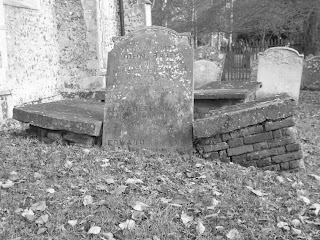| Personal and family names define who we are
© Godric Godricson
|
Humanity has always been focused on “culture”. Whatever human traits we try to discuss, we are drawn to describing others in terms borrowed from discussions about culture. Whether or not we are talking about food, a dress code or music we are often talking about culture. For example, Scottish people are still rich in culture and the people of Wales
 |
| Some monuments defend our identity
© Godric Godricson
|
Well, no, actually culture is only one way that we define ourselves and the people around us. Culture may define who we are as we give ourselves labels that both include and exclude. We may be British and Scottish or British and from Norfolk
Our first name and family name largely define who we are in a very real way and they are an antidote to the way that an overlay of 'culture' subsumes us into larger groups. The ‘Mc’s and Mac’s’ of Scotland
 |
| Joshua Burroughs d 1908 bur : Great Cressingham
© Godric Godricson
|
It is a real pity that when we die, we often loose a well seasoned and peculiar individuality. Instead of being Sam or Mike we become “the departed” or “the dead” and we cease to be an individual as we join the realms of yet another amorphous group. Perhaps there is a culture of the dead as well as there being a “sociology of the dead”? We love the people that we lower into the grave but then we have a tendency to inevitably forget them with the passing of time. More so, we allow Church Authorities to forget the dead and we even allow Authorities to rip away their monuments from them with the passing of time. As the years go, fewer and fewer people remember the dead and the space is re-used without protest. The special identity that we had as an individual has gone as the grass grows and we are clothed, instead, by anonymity.
The goal for the graveyard rabbit is to preserve the names of the dead by recording not only the monuments but also by preserving a uniqueness found in the cemetery. The dead may have their unique rights and we must help them exercise those rights. Whilst sandstone monuments dissolve over time with a subsequent diminution of identity the nature of the cemetery itself must remain in its fully recorded glory.










